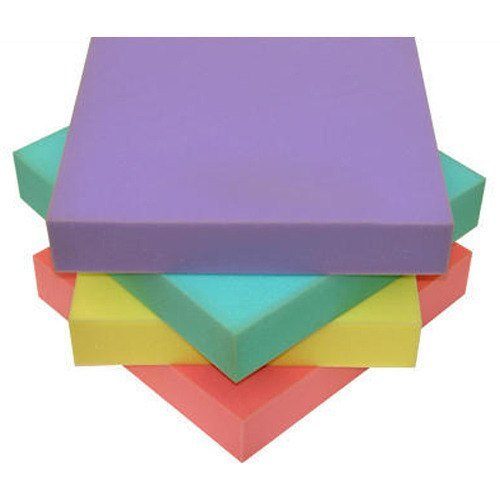Common polyether used for sponge production can be categorized into two main types:
Conventional Foam Polyether (PPG):
Hydroxyl value: 56
Molecular weight: 3000
Appearance: Light yellow
Polymer Polyether for Conventional Foam (POP):
Appearance: Milky white
Characteristics of PPG
PPG is further divided by reactivity into fully PO-based polyether and partially EO-based polyether. Fully PO-based PPG is now rarely used. Over a decade ago, factories in Guangdong primarily used fully PO-based PPG for foaming, while EO-based PPG was more common in Jiangsu, Zhejiang, and Anhui.
If a Guangdong formula using fully PO-based PPG is applied in Jiangsu or Zhejiang, excess T9 catalyst may be used. This occurs because fully PO-based PPG has lower reactivity, requiring higher T9 levels. For partially EO-based PPG, T9 content must be reduced by 10–15%; otherwise, the foam quantity increases while physical properties deteriorate.
Characteristics of POP
POP offers distinct advantages over PPG:
Higher Reactivity: POP’s increased reactivity can occasionally lead to slight scorching in certain formulations.
Facilitates Foam Openness: Factors contributing to foam openness include:
Enhancing Gas-Reaction Rate: Adding POP does not significantly alter foam density, suggesting this is not the primary factor.
Promoting Urea Formation Reaction: This is likely the key factor for foam openness.
Affecting Viscoelasticity of the System: POP also increases foam hardness due to its polymeric nature.
Application of PPG and POP to Adjust Sponge Properties
To illustrate, consider two formulations:
Formula 1: Higher TDI content, no POP.
Formula 2: Lower TDI content, with added POP.
Both formulations achieve similar hardness as TDI and POP both contribute to hardness. However, Formula 2 offers superior elasticity and a fuller feel because:
Reduced TDI Index: With consistent water content, lowering the TDI index in Formula 2 enhances sponge elasticity.
POP Contribution: The addition of POP aids in hardness while also leveraging its high molecular weight properties.
Enhancing Hardness in Formula 2
To increase hardness in Formula 2, TDI content can be raised, and POP levels adjusted to 40–60%. However, this may slow post-curing. For instance, four minutes after demolding, the foam may still feel powdery due to inhibited reactions.
To achieve a balance of hardness and elasticity in harder foams, the post-curing reaction should be slow, allowing the foam to mature gradually. Rapid reactions can produce seemingly hard foams that are structurally hollow.
Recommendation
For producing furniture-grade foam, Formula 2 is the preferred choice.

